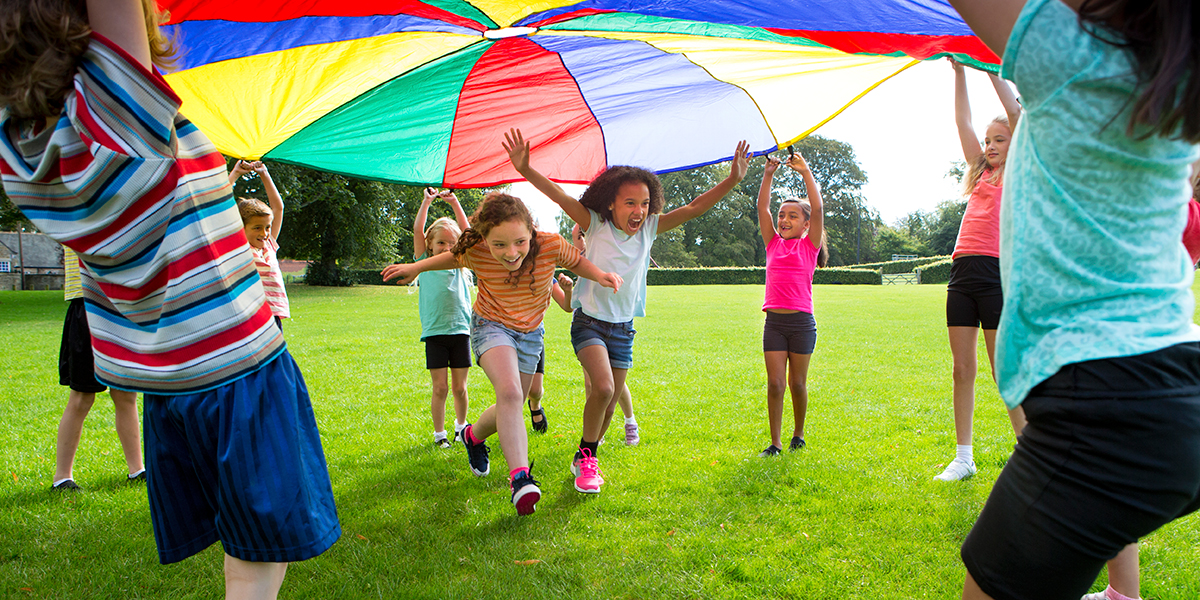The Afterschool Alliance released its Summer 2022 Outlook From Program Providers this month, which gives a glimpse of summer program trends and challenges. Part of its Afterschool in the Time of COVID-19 series, which has periodically checked in with providers throughout the pandemic, this seventh installment found that providers are more likely to be operating in person this summer and are more optimistic about a return to normal than in previous surveys.
Afterschool Alliance surveyed 948 program providers and distilled their responses into five key takeaways.
1. Most programs plan to operate in person this summer
Ninety percent of providers plan to offer summer programs this year, an 11-percentage point increase from what was reported in summer 2021. Conversely, the number of providers that are unsure if they will operate a summer program has decreased from last year, from 18 percent to 3 percent. While just 64 percent of providers planned in-person programs in summer 2021, 94 percent plan to this summer.
2. Summer programming to take whole child approach
When asked about how providers plan to change programs this summer, 31 percent said they will be focusing more on ensuring a balance of academic and enrichment activities and 31 percent said there will be a more intentional focus on students’ holistic needs and supporting overall well-being. The survey found that urban and rural districts were more likely to focus on these areas than suburban districts.
3. Staffing concerns are pressing
Concerns about being able to hire enough staff during the summer is at an all-time high for this survey, at 66 percent. The spring 2021 survey found 44 percent of providers were concerned about staffing shortages, which had grown to 57 percent by the summer 2021 survey.
Worries about reduced enrollment due to COVID-19 safety concerns have decreased significantly, dropping from a majority of program providers in the spring of 2021 (52 percent), to 37 percent in the summer of 2021, to just 15 percent of program providers this summer.
4. COVID relief funding has allowed summer programs to expand
The survey found that while most providers plan to operate in-person summer programs, those that received COVID relief funds are more likely than programs that didn’t receive additional funds to report plans to expand summer programming for more children (36 percent vs. 29 percent) as well as more likely to place a greater focus on balancing academic and enrichment activities (43 percent vs. 28 percent) and more intentionally focus on students’ holistic needs (42 percent vs. 27 percent). The report states that only 20 percent of program providers report having received relief funding.
5. Providers report better collaboration is needed with school districts
While a slight majority (56 percent) of providers said that their organization has been involved in conversations about how best to support students this summer, 33 percent reported they have not. Similarly, 32 percent of providers report that their organization has not been incommunication with local education leaders about American Rescue Plan Elementary and Secondary School Emergency Relief funds.
California programs highlighted
Lodi Unified School District in the Central Valley is featured in the Afterschool Alliance’s map of the U.S. highlighting different after-school programs using ARP ESSER funding. After collecting input from staff, students and the community, Lodi USD invested a portion of its COVID relief funding to support a new after-school chess club, a science club and a homework club to help students who were falling behind academically. In addition, $1 million of the district’s ESSER II funding has been allocated to support community learning hubs at 27 sites, which provide homework help and coordinate wraparound services for students.
Statewide, the ARP ESSER III set-aside for after school in California was added to the state After School Education and Safety Program (ASES) funding that supports after-school programs across the state. The money will be used to fund a Request For Applications to existing ASES and 21st Century Community Learning Centers Elementary/Middle school grantees in 2022 to support summer learning. Additionally, the state is using other ARP relief funds to support Expanded Learning Opportunities Grants, which provides local educational agencies with the opportunity to provide supplemental instruction and support to students.





